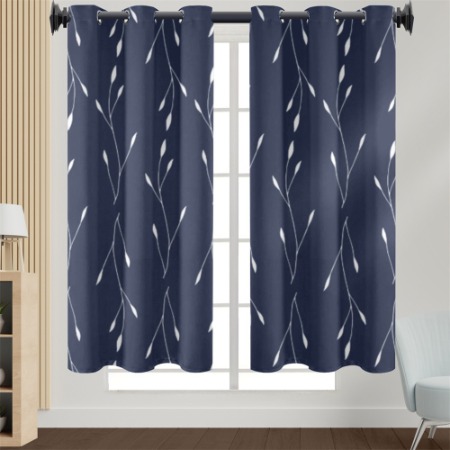Regenerated polyester,Pigment printed fabric also known as polyester fiber, is commonly known as "polyester". Regenerated polyester is a synthetic fiber formed by polycondensation of organic dibasic acid and ethylene glycol. It is a polymer compound. It was invented in 1941. It is currently the largest synthetic fiber variety. The advantages of recycled polyester fiber are good wrinkle resistance, high strength and good elastic recovery. Easy to iron without sticking to hair. Regenerated polyester fiber is a synthetic fiber that forms polymers by linking macromolecular segments through ester groups. Pet is called Pet for short. In our country, polyester wheels are called polyester wheels, which contain more than 85% polyethylene terephthalate.

As early as 1894, succinyl chloride and ethylene glycol were used to produce recycled polyester; in 1898, Aincon synthesized recycled polyester, and Kators synthesized aliphatic polyester: the recycled polyester synthesized in the early years was mostly aliphatic compounds. Relatively low molecular weight, low melting point, easily soluble in water. Therefore, they do not have the use value of textile fibers. In 1941, Winfield and Dixon in England synthesized recycled polyester with dimethyl terephthalate and ethylene glycol. This polymer can be melt spun into fibers with excellent properties. It can be said that among various synthetic fiber varieties, PET fiber is a late-developing fiber.
In recent years, with the development of organic synthesis, polymer science and industry, recycled polyester has developed a variety of practical PET fibers with different characteristics. For example, polybutylene terephthalate fiber with high elasticity and polypropylene to recycled polyester fiber, fully aromatic polyester fiber with ultra-high strength and modulus, etc.: the so-called "catalog ester fiber" usually refers to polyester fiber Ethylene terephthalate fiber. Regenerated polyester has a series of excellent properties such as high breaking strength and elastic modulus, moderate resilience, good heat setting effect, good heat resistance and light resistance. The melting point of polyester fiber is about 255°C, and the glass transition temperature is about 70°C. Regenerated polyester fibers are stable in shape under wide use conditions, and the fabric is washable and abrasion-resistant.
In addition, recycled polyester also has good resistance (such as resistance to organic solvents, soaps, detergents, and good corrosion resistance. It is stable to weak acids and weak bases, has a wide range of uses, and has a wide range of industrial applications. The rapid development of the petroleum industry has also provided polyester fibers with The production provides more abundant and cheaper raw materials. In addition, in recent years, with the development of chemical industry and electronic automatic control technology, the fiber forming and processing process has gradually realized short-distance and automation. Regenerated polyester has become a fast-growing and high-yielding polyester in my country. Synthetic fibers. In 2010, the global polyester fiber output reached 37.3 million tons, accounting for 74% of the world's total synthetic fibers.

 English
English Español
Español








